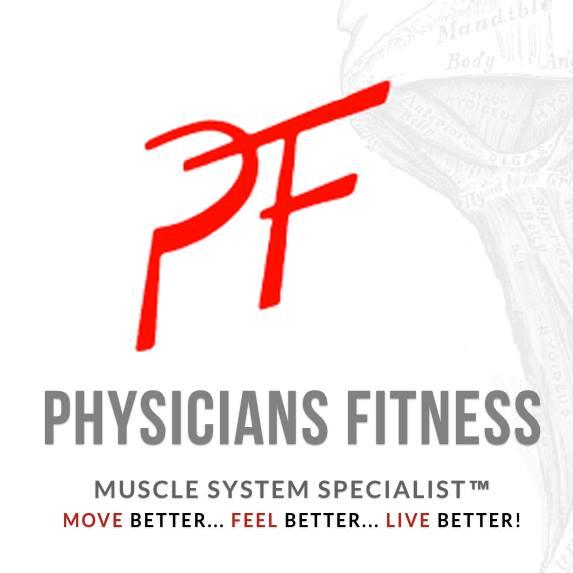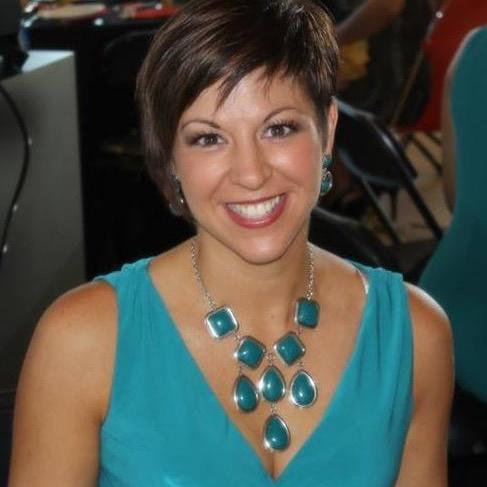Member Spotlight: Physical Therapy Assistant and Functional Trainer in Albuquerque, NM
I am a 100% mobile trainer, working with clients in their homes to advance their strength, mobility, and balance. We have fun and we improve functional outcomes to enhance independence.

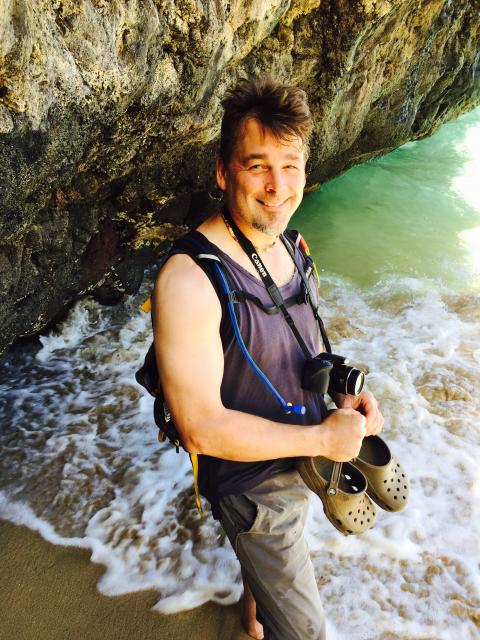
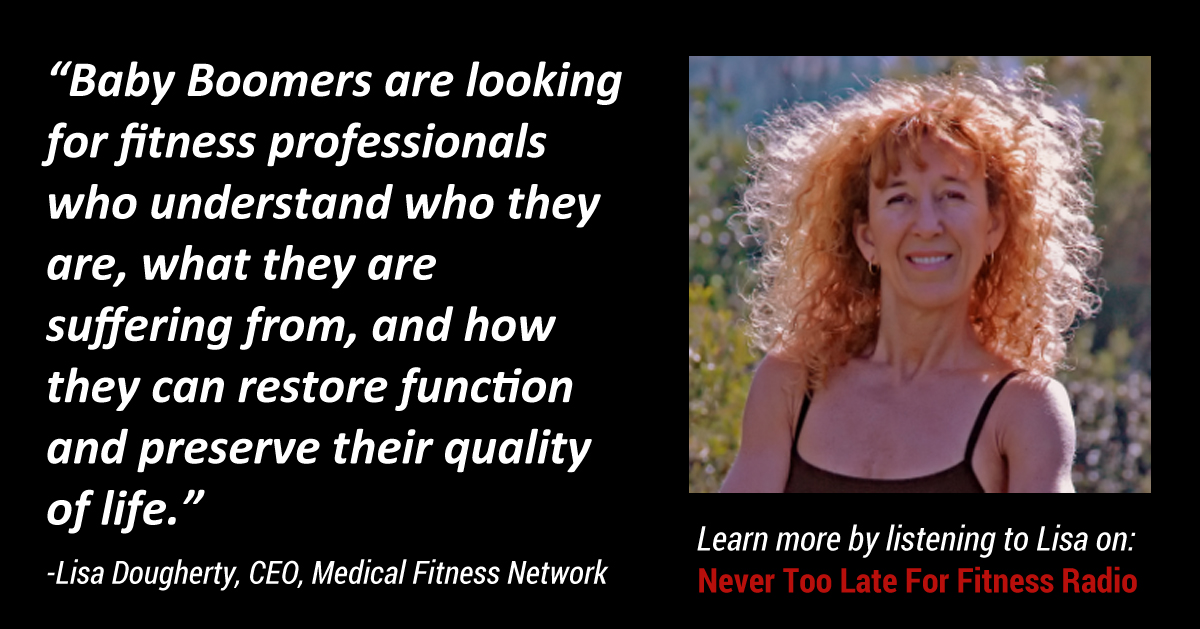

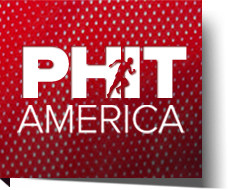
 The PHIT Act (Personal Health Investment Today) H.R. 1218 (U.S. House of Representatives) & S.2218 (U.S. Senate) is pending legislation that expands the IRS definition of a medical expense to include physical activity as a form of prevention. The practical impact of this definitional change would allow consumers to use their pre-tax medical accounts (HSAs & FSAs) on physical activity expenses to promote healthy lifestyles. The PHIT Act is an innovative concept that helps address two major Congressional concerns: (1) rising health care costs (2) the budget deficit. The rise in sedentary lifestyles is a major contributor to higher obesity rates and an increased incidence of expensive, preventable chronic illnesses. The PHIT Act will help reverse the ‘Inactivity Pandemic’ by providing an economic incentive to invest in physical activity. If enacted, physical activity expenses could be reimbursed using money in pre-tax medical accounts.
The PHIT Act (Personal Health Investment Today) H.R. 1218 (U.S. House of Representatives) & S.2218 (U.S. Senate) is pending legislation that expands the IRS definition of a medical expense to include physical activity as a form of prevention. The practical impact of this definitional change would allow consumers to use their pre-tax medical accounts (HSAs & FSAs) on physical activity expenses to promote healthy lifestyles. The PHIT Act is an innovative concept that helps address two major Congressional concerns: (1) rising health care costs (2) the budget deficit. The rise in sedentary lifestyles is a major contributor to higher obesity rates and an increased incidence of expensive, preventable chronic illnesses. The PHIT Act will help reverse the ‘Inactivity Pandemic’ by providing an economic incentive to invest in physical activity. If enacted, physical activity expenses could be reimbursed using money in pre-tax medical accounts. HOW WOULD THE PHIT ACT WORK?
HOW WOULD THE PHIT ACT WORK?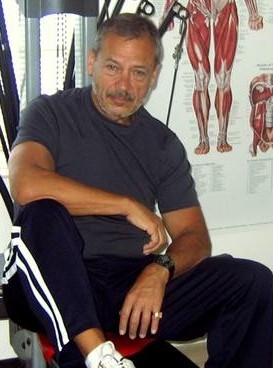
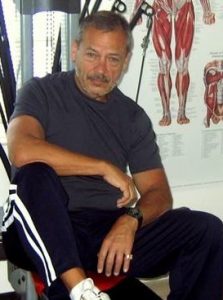 Name: Barry Bassin
Name: Barry Bassin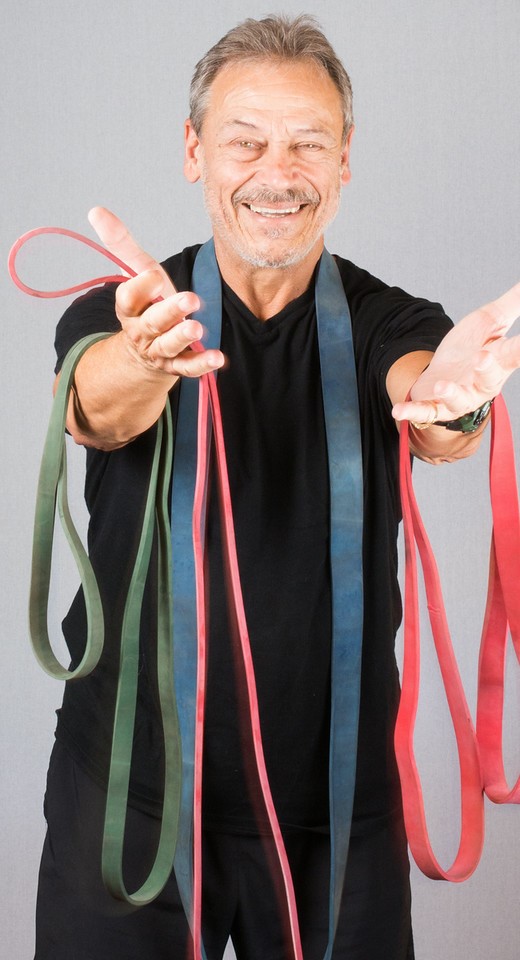 I use a combination of:
I use a combination of: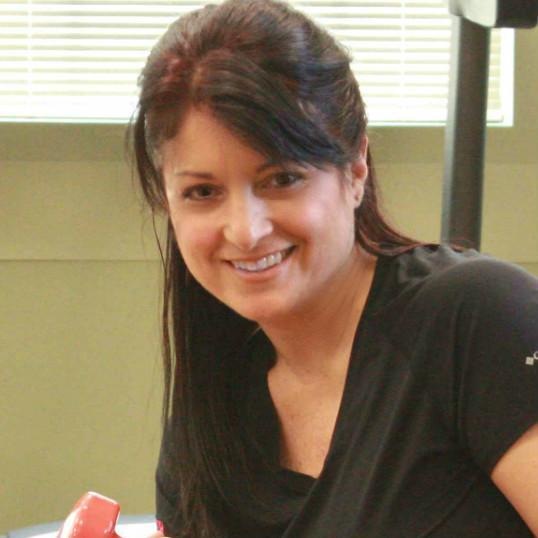
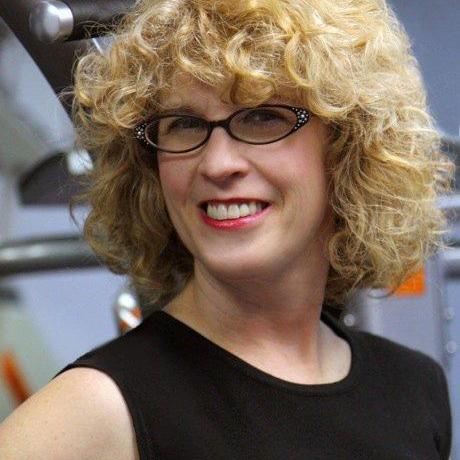
 Name:
Name:  What is your favorite fitness/inspirational/motivational quote?
What is your favorite fitness/inspirational/motivational quote?